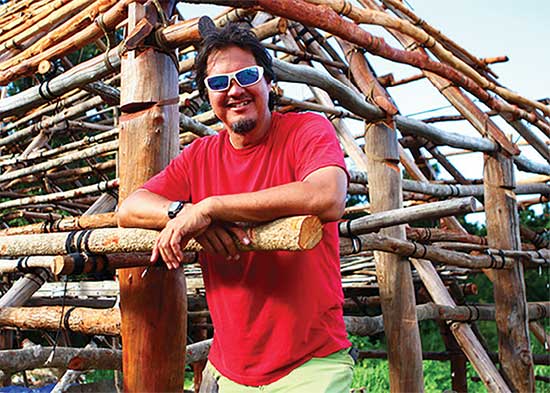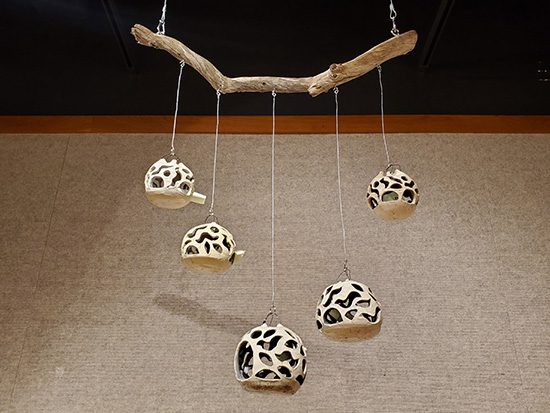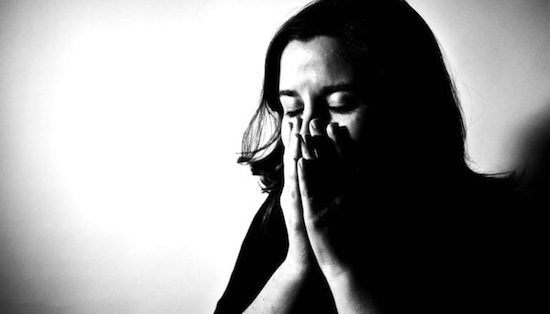
Peter Kalawai‘a Moore not only teaches Hawaiian Studies, he lives Hawaiian culture.
“I spend all of my spare time researching, writing, practicing, speaking and reading about Hawaiian knowledge, culture, politics and practices as I just can’t get enough of it,” Moore said.
As an associate professor and director of Hawaiian Studies at WCC, he provides students with hands-on opportunities to learn about the culture. Students practice uhau humu pōhaku (dry stack rock wall building) to build food growing terraces and prevent soil erosion. They grow kalo to learn about Hawaiian cultural connections to the plant and its food production. They learn to solve problems together when constructing Hawaiian hale.
Moore also studies and speaks ‘ōlelo Hawaiʻi with some fluency and believes that Hawaiian language contains “kaona” (old knowledge) on sustainable practices because the concepts are in the words.
For instance, Moore said that our connection to the ʻāina (land) and kai (ocean) is the foundation for a sustainable community, meaning that we take care of the land and it will take care of us (malama ʻāina) providing all we need for food, shelter and energy. With the adverse effects of climate change increasing, Moore believes that the ahupuaʻa concept is the solution.
In traditional Hawaiʻi, the ahupuaʻa was the sub-division of land and sea that began in the upland forests and stretched across lower elevation valleys and plains to the shoreline and out to the edge of the reef. The practice of the ahupuaʻa concept involves natural resource development, utilization and management that ensures the community’s survival.
Moore said that returning to certain traditional Hawaiian sustainability concepts will allow us to adapt to the changes brought on by climate change.
He personally has a fondness for working with pōhaku and kumu lāʻau (trees and wood), rock wall building, hale building, kalo board making, imu making and kalo growing. He also believes it’s time for Native Hawaiians to regain control of the resources and their management.
Presently, the state sets up some ahupuaʻa to utilize resources from other ahupuaʻa or from places outside of Hawaiʻi, an imperialistic method that Moore believes should be abandoned in favor of returning to a more self-contained ahupuaʻa “maintaining self mindset.”
“More ahupuaʻa should be revitalized and implemented towards self sustainability, and this correction should be supported by the government until it is self sustaining,” he said. “Then, like in traditional times, each ahupua’a will feed itself, house itself, generate its own energy, provide sewage management capabilities and supply water for itself for drinking and agricultural purposes.”
For starters, he would like to see the government’s help with restoring the historical 488 local fish ponds that once supplied food for all of the islands.
The expansion of these ponds, he said, would allow us to farm fish for consumption by our local residents as a hedge against outside food shortages and globalized forces. In addition, he firmly believes that we should expand local carbon-negative agricultural production in every community, even if it is in one’s own backyard, in case the importation of food products are discontinued.
by Blaine Cox, Special to Ka ‘Ohana





